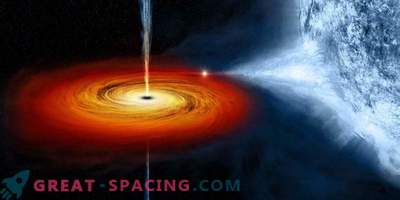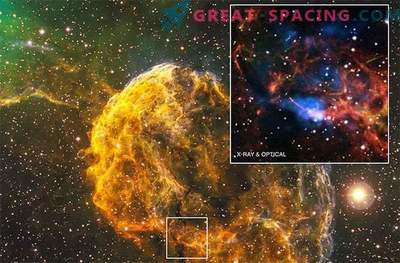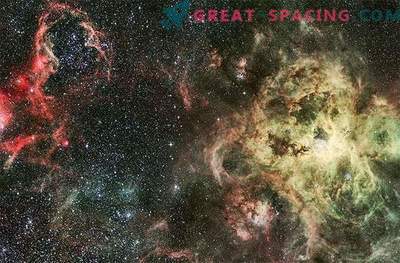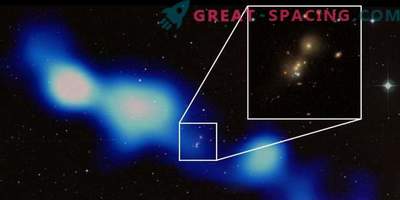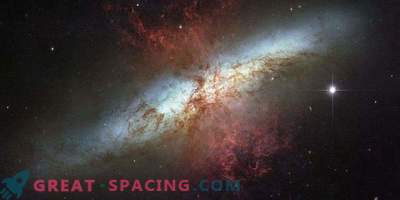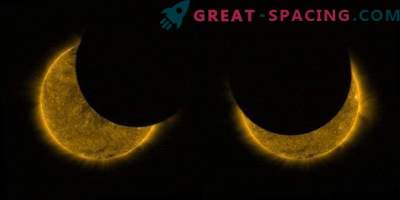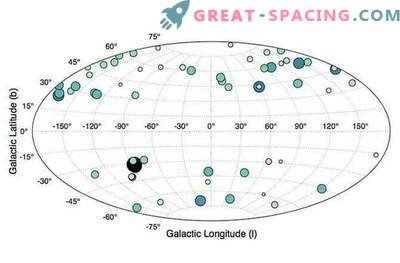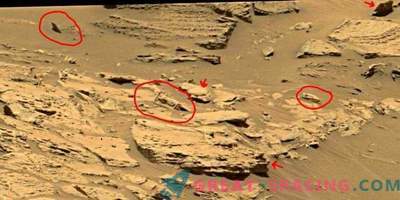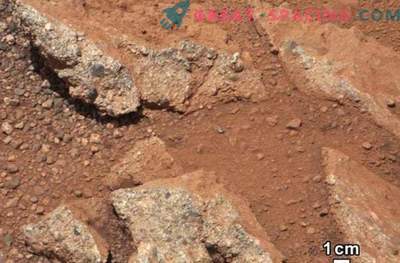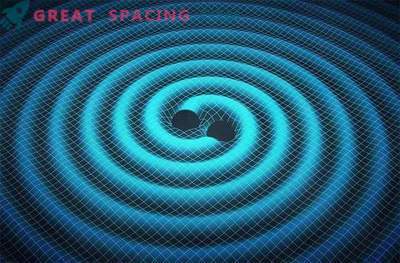
Using the GMRT Indian telescope, scientists were able to detect the diffuse radio emission that forms the nebula around the PSR J0855-4644 pulsar.
The object was first noticed in 2003. PSR J0855-4644 is a young and energetic pulsar, distant from us by 3000 light years. Lives on the territory of the Sails. The presence of X-ray nebulae was known in the early observations (they used Chandra), but in the last review they looked for a radio component using XMM-Newton.
The search for X-ray and radio emission is of great importance, as it allows a better understanding of pulsar wind nebulae. It has been suggested that pulsars lose a significant part of their energy in relativistic winds, which form a nebula when in contact with the environment.
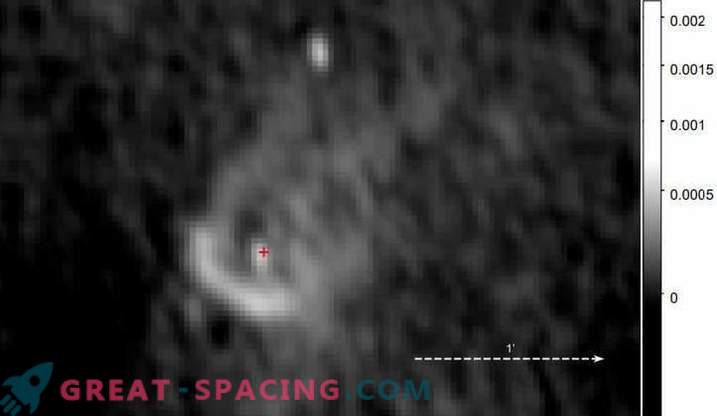
The larger image shows the radio nebula and the shell structure. The position of the pulsar is marked with a red cross.
In January 2017, scientists from the Institute of Extraterrestrial Physics. Max Planck (Germany) conducted a detailed review of PSR J0855-4644 using GMRT. As a result, a radio component was spotted around the pulsar. It was a diffuse radio emission, perceptible at a frequency of 1.35 GHz. It spatially coincides with the diffuse X-ray wind nebula of the pulsar observed in XMM-Newton.
The analysis shows that the radio bubble in size covers 1.43 light years. Therefore, it turns out to be much more compact axisymmetric X-ray nebula (in Chandra review). It is important to understand that the faster energies of X-ray electrons are cooled in a short time, so the number of particles emitting X-rays rapidly decreases with increasing distance from the pulsar. This results in a smaller x-ray nebula size than radio frequency.
A review of GMRT showed that a central ring-shaped formation of a radio beam surrounds the pulsar and becomes lighter in the southeast region. Also, scientists have noticed that the two tail processes extend in the north-western direction, and a weak diffuse emission fills the whole formation.
